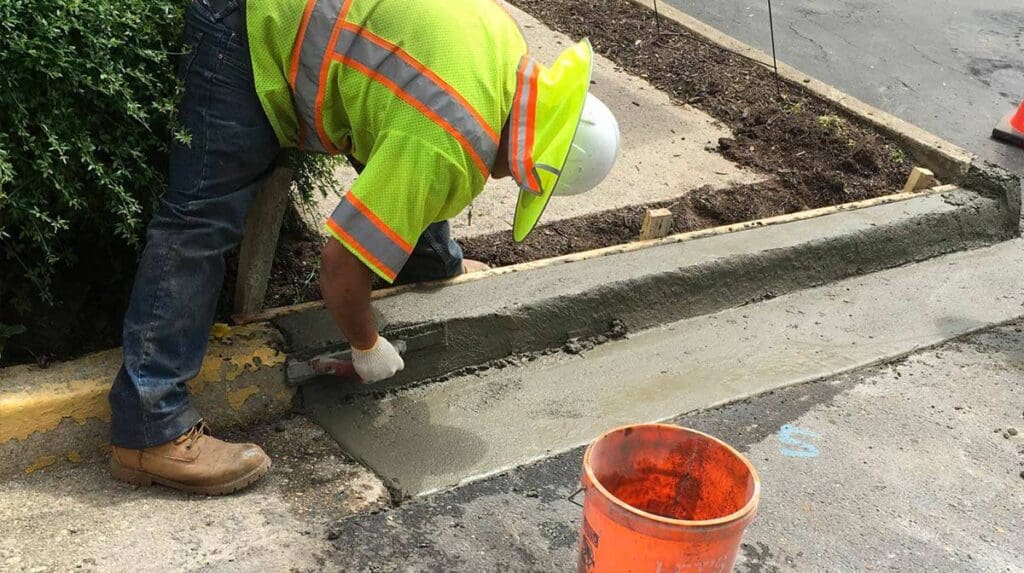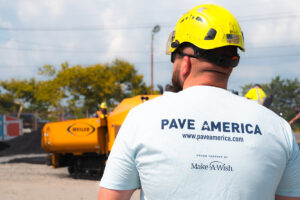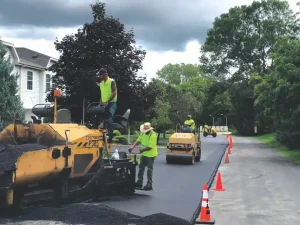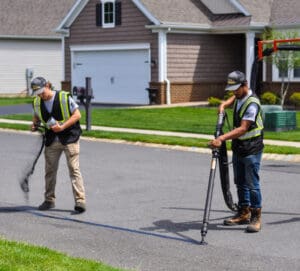Concrete curb and gutter systems are the unsung heroes of our infrastructure. These seemingly simple elements play a vital role in channeling water runoff, preventing erosion, and defining the edges of roads, sidewalks, and parking lots. But the construction of these systems is far from basic. It’s a meticulous process that demands careful planning, precise execution, and a deep understanding of material properties. Let’s dive into the details of constructing concrete curb and gutter systems from start to finish!
The Blueprint for Success
Before any concrete is poured, meticulous planning lays the groundwork for a successful project. The initial step involves navigating the regulatory landscape. Obtaining permits and ensuring compliance with local building codes is critically important.
Next comes the design phase, where the specific curb and gutter configuration is determined. Factors like traffic volume, drainage requirements, and desired aesthetics all influence the selection of curb shape, size, and functionality. For instance, a high-traffic road might necessitate a more robust curb design compared to a quiet neighborhood street. Material selection is another crucial design consideration. The type of concrete mix used will depend on factors like strength requirements, weather conditions, and exposure to deicing salts.
Laying the Foundation for a Flawless Finish
Once the design is finalized, meticulous site preparation begins. This stage involves ensuring the subgrade, the layer of soil beneath the curb and gutter system, is properly compacted and stable. Any irregularities or weak spots can lead to cracking and settling over time.
The next step involves setting the formwork, which creates the mold for the poured concrete. Alignment is critical here, as any deviations will translate into an uneven curb and gutter system. Specialized equipment like lasers and string lines are often used to achieve precise positioning of the formwork.
Common Concrete Mistakes to Avoid
Concrete is a versatile paving material that requires little to no room for errors. Learn more about the common mistakes that can come along the way.
Read More About Common Common Concrete MistakesGet a QuoteThe Art of the Pour
With the site prepared, the magic of concrete placement unfolds. This stage starts with mixing the perfect concrete batch. The mix design, a carefully formulated recipe of cement, aggregates, water, and admixtures, determines the final strength, workability, and setting time of the concrete.
Once the concrete is mixed, it is precisely placed within the formwork. Vibration is then used to eliminate air pockets and ensure a smooth, dense concrete finish.
The final step in the pouring process is the art of finishing. Using specialized tools, the concrete surface is meticulously smoothed and shaped to achieve the desired grade and texture.
Curing and Finishing Touches
The concrete may be poured, but the work isn’t over yet. The following days are crucial for a proper curing process. Curing allows the concrete to achieve its full strength potential. This typically involves keeping the concrete moist to prevent premature drying and cracking.
Once the curing period is complete, the final touches are applied. Expansion joints, which are strategically placed gaps that allow for slight movement due to temperature changes, are often filled with a sealant to prevent water infiltration.
In conclusion, constructing concrete curb and gutter systems is a multi-faceted process that demands expertise and precision at every stage. From meticulous design to flawless finishing touches, each step contributes to the creation of a durable and functional system that plays a vital role in our built environment.
Get a Professional Concrete Curb and Gutter System Installation from Pro-Pave
At Pro-Pave Inc., we understand all of the little details that go into a professional concrete curb and gutter installation. Our experts are specially trained to give you top-notch concrete installation, maintenance, and repair services. Our process is efficient, ensuring that we minimize disruptions to your business operations while ensuring the safety of those on or near the job site. Contact our team today or call us at (703) 433-9500 or fill out our online contact us form to get a free quote!




